Overview: Yosemite Valley, California
The Yosemite Valley is easily known as the mecca of the climbing world. From being the home to some of the most incredible granite monoliths, to its storied climbing history, it continues to be the venue for cutting-edge rock climbing as well as home to the classics every climber dreams of ticking one day.
Climbers from all over the world come flocking to test their mettle against Yosemite’s renowned routes put up by climbing history’s legends. The best part is you don’t have to be a big shot to climb here. Although “the Valley” is known for its Big Walls like El Capitan and Half Dome, you can have just as much fun climbing incredible, moderate multi-pitches next to towering waterfalls, or hopping on the classic boulder circuits along the valley floor, making it to El Cap meadow in time to have a beer and watch the sunset.
This guide was updated in 2020 by Miya Tsudome, a Yosemite Valley rock climbing guide.
Specific description of climbing style

Yosemite offers routes of all kinds—traditional and sport climbing. However, the majority of the routes are gear-protected cracks that can be anywhere from 1 to 30+ pitches long. Sport climbing is sparse but definitely available if that’s what you prefer. Yosemite is also a world-renowned mecca for bouldering. With over a thousand boulder problems ranging from V0-V13, many come here for the bouldering alone.
Best season
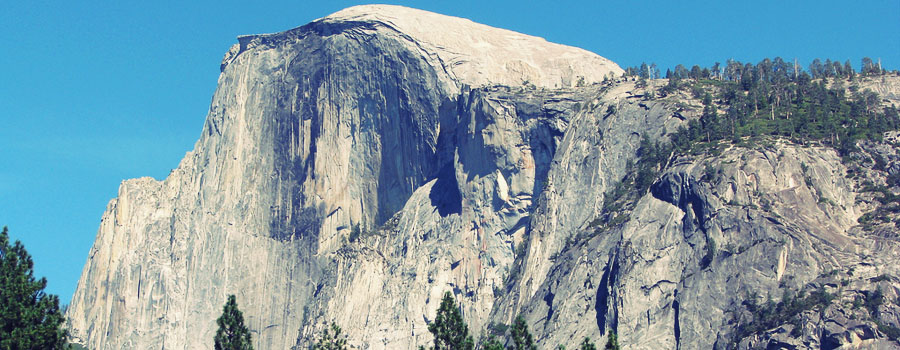
The Valley has somewhat mild weather, but summer can be unbearably hot and buggy. In the winter, unless it is a very dry season, climbing is impossible due to ice and snow. The best time of year to climb here is fall and spring, which provide very pleasant conditions.
Climbing grade range
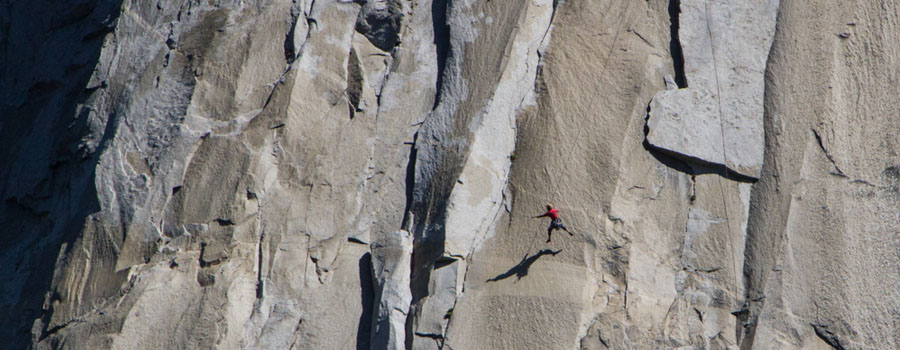
In Yosemite, there are routes for everyone to enjoy. A first-time climber will have just as much fun as someone seeking a first ascent on El Cap. There are many routes of all grades, from 5.2 to sandbagged 5.14.
Best local spot

The local hangout for climbers visiting Yosemite is not a restaurant or a cafe, but a campground. Camp 4 is where you will find climbers from all over the world hanging out, eating dinner, looking at topos for tomorrow’s route, and talking about all things climbing-related.
Top climbs in area
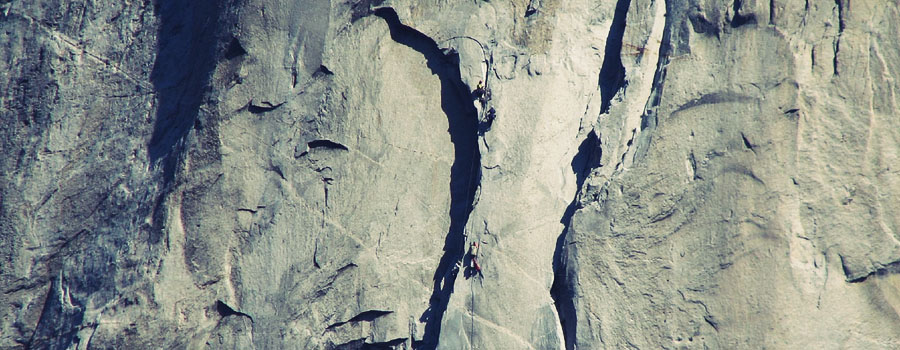
Trad
- Royal Arches (5.6 A0) – First established all the way back in 1936 and listed on the “Fifty Classics Climbs of North America,” Royal Arches is a must-do for climbers of all ability levels. Expect chimneys, cracks of varying sizes, exposed slabs, some face climbing, a pendulum, and a good bit of 3rd and 4th class.
- Snake Dike (5.7R) – Climbs the Southwest face of Half Dome. 5.7 friction (Yosemite 5.7—if you don’t know how to climb a slab, don’t expect to hike it!) leads to a beautiful, juggy dike with occasional bolts. The climbing is easy but extremely runout. A classic route that makes climbing the iconic Half Dome an attainable reality. Snake Dike should be on every climber’s tick list.
- Nutcracker (5.8) – Five pitches of beautiful, moderate cracks with good protection make this a popular climb. Offers great views of the Valley.
- Commitment (5.9) – Many climber’s first 5.9 in the Valley. A hand cracks leads to an intimidating-looking roof that isn’t as hard as it looks as long as you find the jugs. Keep the name of the route in mind.
- East Buttress of El Capitan (5.10b) – A classic, adventurous route up the right shoulder of El Capitan. The route starts up an insecure and somewhat burly chimney and eventually leads to the route’s crux—a 5.10b face section. After the crux, the climbing gets easier and more exposed. The vast views, pitches and pitches worth of juggy climbing with lots of air under your feet, and the fact that you’re climbing on El Cap make the East Buttress a Yosemite classic.
- The Nose of El Capitan (5.9 C2) – The most sought-after route in all of climbing history? Probably. This is the mega classic of Yosemite Valley/the entire world. Many climbers consider climbing the Nose to be the pinnacle of their climbing career. Continuous, beautiful crack systems soar for 3,000 feet above the Valley floor. Holds a spot on the list of “Fifty Classic Climbs of North America.” A must-do for any big wall climber.
- Steck-Salathe (5.10-) – Another “Fifty Classic Climbs of North America” and deservingly so. This climb is considered a rite of passage for many Yosemite climbers. Fifteen pitches of wide cracks make this route a physical, burly battle from start to finish.
- Outer Limits (5.10c) – Steep, sustained, and powerful climbing make this two-pitch route a great way to train for the big walls as well as a sought-after send on its own. Solid hand jams (for most people) that seem to go on forever.
- Regular NW Face of Half Dome (5.12a/b) – Aside from the Nose, this is the other famous big wall of Yosemite. Most of the climbing is moderate and good quality with cruxes that are short, but this is a serious climb as it involves 20+ pitches of climbing and keen route-finding skills. Climbing the face of Half Dome is just about as classic as it gets—definitely deserves to be on all climber’s bucket list.
- Astroman (5.11c) – A high-quality route with pitch after pitch of sustained, beautiful climbing. If each of these pitches were right off the ground, almost all of them would be classics. Lots of powerful climbing leads up to the infamous Harding Slot—the pitch that has caused even the strongest climbers have full on melt-downs. You can probably fit even if you think you can’t. After that, the climbing stays sustained and offers great views of Half Dome.
- The Rostrum (5.11c) – This route is yet another Yosemite classic with steep, powerful climbing for eight pitches. This route has it all—steep lay backing, good hand cracks, off-widths, and chimneys that are all considered must-do pitches. Astroman’s friendlier younger brother.
- Crimson Cringe (5.12b) – A beautiful, arching crack by Cascade Falls. This clean splitter is mostly fingers with some knobby face moves that finishes with an undercling traverse. One of the Valley’s best single-pitch routes.
Bouldering
- Midnight Lightning (V8) – Probably the most well known boulder problem in the world. Powerful moves on polished crimps lead up to the famous (and feared!) mantle. If you climb at this grade and haven’t done this problem, drop everything and head to the Valley now to try it! This problem’s historical significance and great movement make it a must-do for climbers of all disciplines.
Best kept secret
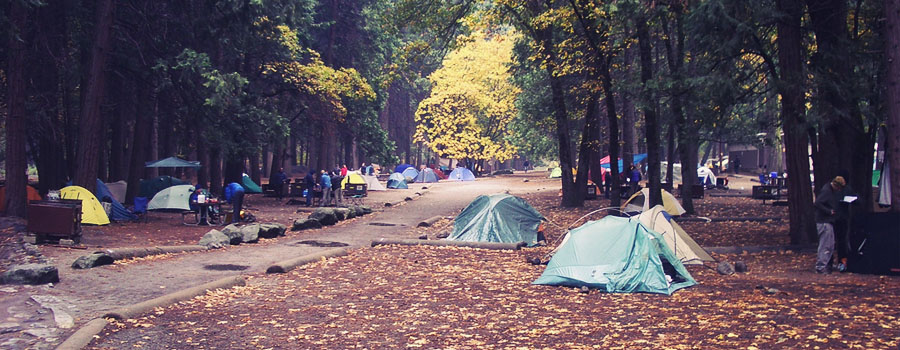
Don’t cancel your trip to Yosemite just because your partner bailed. You can easily find partners here. Head to Camp 4 early in the morning and start talking to people. Many climbers come to Yosemite alone.
Came here to climb The Nose? Many people do. But did you know that 60% of teams who attempt the route end up bailing? Training for a big wall is really hard. You might be stoked that you only have to be able to free climb 5.9 to climb The Nose, but the hardest part about wall climbing is being dialed on your systems and getting the hauling right. Many people hire climbing guides through the Yosemite Mountaineering School to take them up classic routes in the valley, but you can also hire them to take you out for a day and teach you everything you need to know about wall climbing. Many of these guides are undercover crushers and have climbed dozens of routes on every big wall in the valley. Getting to spend a day with them is a huge advantage.
How stiff is the grading?
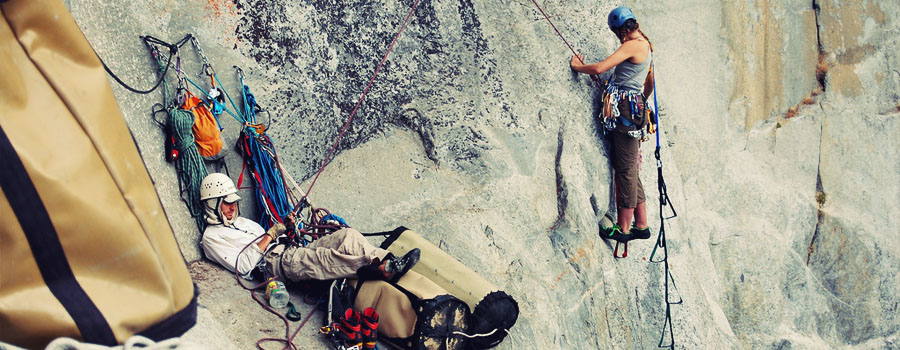
Home to some of the oldest routes in the country, Yosemite grades are old-school. Granite climbing is always a challenge if you aren’t used to it, so don’t expect to climb 5.11 here just because you climb 5.11 in the gym. In fact, if you’ve never climbed in Yosemite before, don’t expect to climb 5.11 even if you climb 5.13 in the gym! The glacially-polished granite takes some getting used to. After a few weeks of climbing, the insecure nature of the climbing may start to feel less foreign. Stay safe and keep your ego in check by starting out on routes that are at least a number grade lower than you’re used to.
Where to stay?

Most climbers want to stay at the historic Camp 4, but there are other campgrounds that are closer to amenities if you don’t have a car or don’t want to rely on the crowded shuttle system. Upper, Lower, and North Pines campgrounds are great alternatives but plan on reserving months in advance. Sleeping in your car is not allowed and will cost you a hefty fine, so it’s best to drive out of the park if you plan on doing so.
Yosemite Valley Guidebooks
Yosemite Valley Free Climbs – SuperTopo
This guidebook came out in 2003, and has all the classic free routes from single-pitch sport climbs to 16-pitch trad climbs. The SuperTopo guides are really nice because they provide detailed approach and descent descriptions with approximate times it could take to approach, climb, and descend, and also have awesome sections of history and stories before each place or route.
Rock Climbing Yosemite Valley – 750 Best Free Routes by Erik Sloan
This is the most recent free climbing guidebook, and is updated with new areas and routes and has more than SuperTopo’s 350 routes. It focuses more on photos and topos and lacks much description or much approach or descent beta other than a few diagrams here or there, which means you could benefit from doing a little more research before committing to a route with a complicated approach. But if you are looking to have a one-stop shop for all the free routes you could possibly want to climb, this is your guide.
Yosemite Valley Bouldering – SuperTopo
This is the only guidebook for bouldering in Yosemite Valley so far. There have been rumors of a new one in the works which would be really nice to have, because although this one is more than enough to give you an overview of the popular areas and the classics, there are many high-quality boulders that have been developed since the book came out in 2007.
Yosemite Sport Climbs and Top Ropes – SuperTopo
Coming to Yosemite Valley to sport climb is like going to Burger King for a veggie burger – although it exists, it’s not really the place for it. While there are a few exceptional crags with high-quality sport routes, bolt-protected face climbing in the valley is generally sparse, and you would run out of things to do quickly. But if you don’t own a trad rack and refuse to walk into Camp 4 and find a partner who does, or have never crack climbed in your life, pick up this guide and go climb a few pitches.
Other Yosemite Valley information
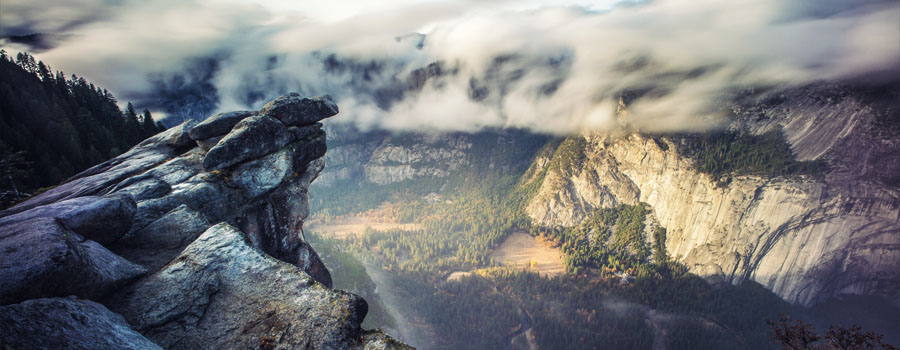
Yosemite is the climbing mecca of the world, the promised land, the home of the mega classics. The routes listed here and the information given is such a small fraction of what Yosemite really has to offer. More so than other places, Yosemite must be experienced in order to truly grasp what it’s all about. Its rich history, undeniable energy, beautiful landscape, and world-class climbing make Yosemite the most famous climbing area in the entire world.
Now to you
These destination guides are only made possible through the feedback from climbers like yourself. Are we missing some beta? Have anything extra to share? Leave your feedback in the comments below.
Have your own destination beta? Submit a destination today.
Photos in these posts have been sourced from Flickr, with usage under Creative Commons.
Want more climbing content? Get our awesome climbing newsletter, delivered weekly.









